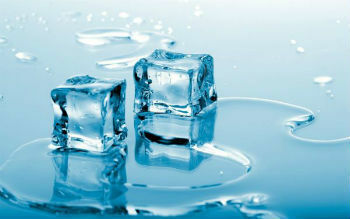question 1
(UFF) Until the mid-seventeenth century, the concept of a vacuum, as a region devoid of matter, was unacceptable. However, experiments related to the measurement of atmospheric pressure allowed a new conception, considering the vacuum as a region where the pressure is much lower than that of its surroundings. Currently, it is possible to obtain a vacuum, in laboratories, with the technological resource of vacuum pumps. Assume that a vacuum at a pressure of approximately 1.00 × 10 has been obtained-10 atm at a temperature of 300K. Using the perfect gas model, determine the number of molecules per cm3 existing in that vacuum.
Data:
Avogadro's number = 6.02×1023 molecules/mole
Universal gas constant = 8.31 J/mol K
1 atm = 1.01 × 105 N/m2
question 2
(UFSM) The variables that can define the possible states for 1 mole of ideal gas are:
a) heat, mass and volume.
b) temperature, density and pressure.
c) temperature, pressure and volume.
d) density, pressure and heat.
e) density, mass and heat.
More questionsSee how poststructuralism is understood as an innovative set of interpretations of the human sciences. Also check out who the main poststructuralist authors are.
The study of semantics in the Portuguese language involves the meaning of words, texts and images. This is a recurrent subject in the Languages, Codes and their Technologies test, and therefore, in today's class, we will analyze the possible ways of approaching this content.



